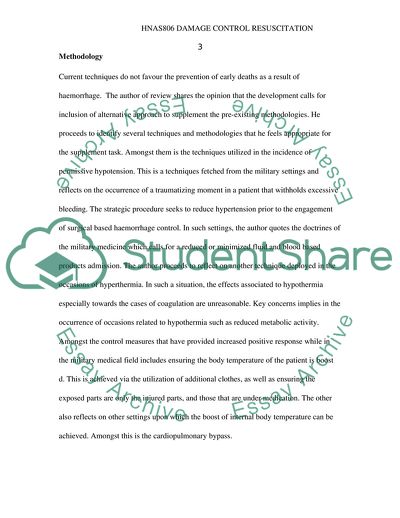Cite this document
(Damage Control Resuscitation (Blood Transfusion) Essay, n.d.)
Damage Control Resuscitation (Blood Transfusion) Essay. https://studentshare.org/medical-science/1791088-damage-control-resuscitation
Damage Control Resuscitation (Blood Transfusion) Essay. https://studentshare.org/medical-science/1791088-damage-control-resuscitation
(Damage Control Resuscitation (Blood Transfusion) Essay)
Damage Control Resuscitation (Blood Transfusion) Essay. https://studentshare.org/medical-science/1791088-damage-control-resuscitation.
Damage Control Resuscitation (Blood Transfusion) Essay. https://studentshare.org/medical-science/1791088-damage-control-resuscitation.
“Damage Control Resuscitation (Blood Transfusion) Essay”. https://studentshare.org/medical-science/1791088-damage-control-resuscitation.


